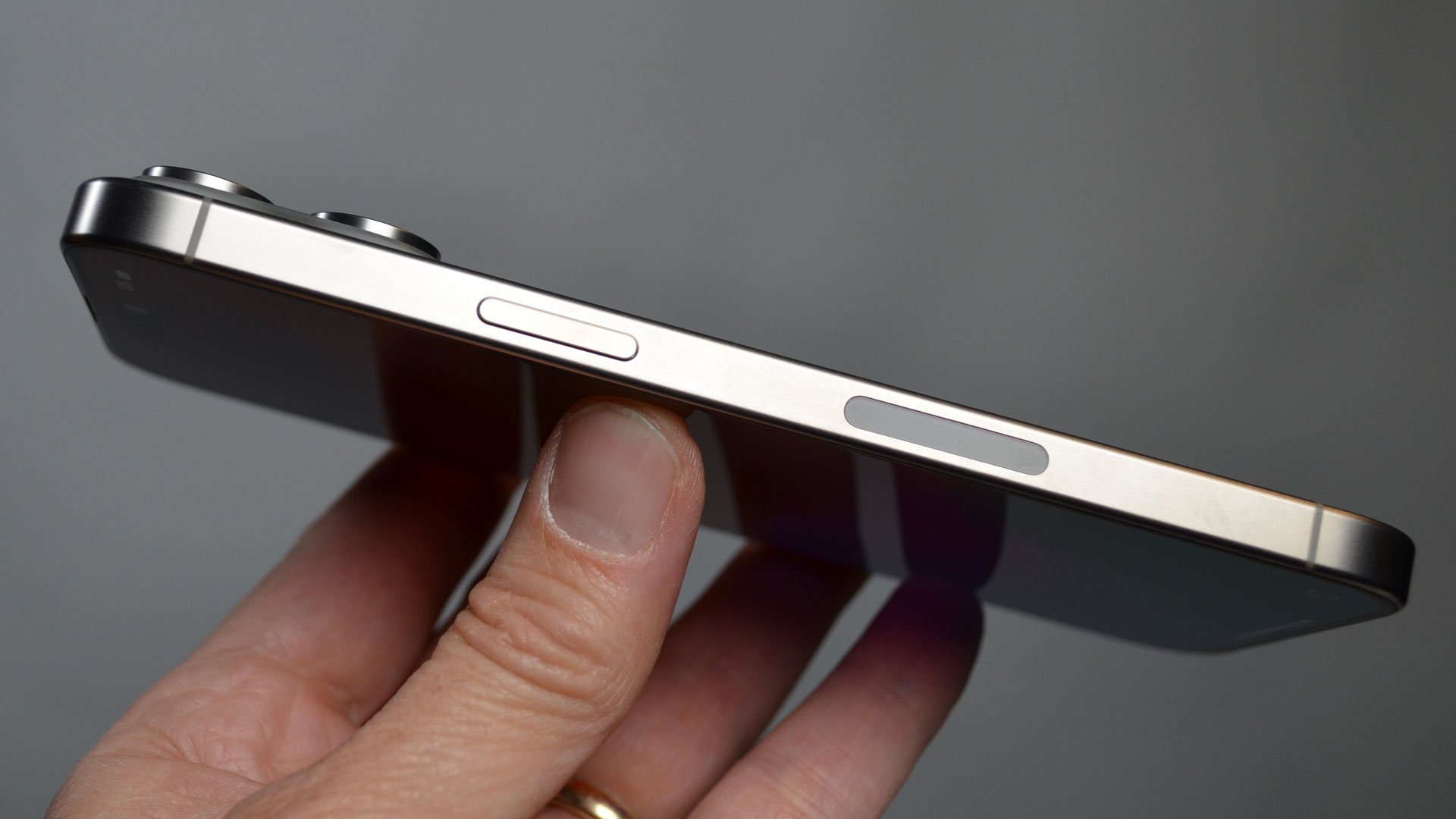The iPhone 17 Air could have echoes of the original MacBook Air, if the latest rumors are true
A real opportunity for Apple – but a huge risk, too

- Next year’s iPhone 17 Air may contain Apple’s own modem
- This component could have some near-term performance drops
- But it might also pave the way for a new era of Apple products
Apple is on the verge of what could be the most significant iPhone revamp in years, with a speculated “iPhone 17 Air” slimming down the phone to unheard-of proportions when it’s expected to launch next year. It parallels past Apple devices where thinness has been a priority, but will the iPhone 17 Air become a powerhouse like the MacBook Air or a flop like the 12-inch MacBook?
Key to this dilemma is the most unlikely of components: the iPhone’s modem. Rumors have been flying that Apple is building its own mobile modem and could include it in iPhones as soon as early next year. But there could be a noticeable performance hit to your phone calls and internet connections, with The Information reporting that “its peak speeds are lower and its ability to stay connected to cellular networks is slightly less reliable” compared to the modems in existing iPhones.
Does that mean the iPhone 17 Air will be a device that makes costly sacrifices on the altar of thinness and lightness? There have certainly been some people who have pre-emptively warned of a new “antennagate,” harking back to the call connection scandal that plagued the iPhone 4.
It’s probably too early to make comparisons like that – even if The Information’s report is correct. We don’t know whether the performance difference between old and new modems will even be noticeable, let alone disastrous. However, it illustrates how Apple’s move could prove risky but rewarding.
MacBook Air or 12-inch MacBook?

Past reports, including those from Bloomberg’s Mark Gurman and Apple analyst Ming-Chi Kuo, have made it clear that the modem switch-up is a long-term project for Apple. While the company is seemingly willing to accept performance costs in the short term, the long-term goal is to lessen Apple’s reliance on third-party manufacturers and cut costs.
Apple’s chip team is one of the best in the world, and judging by the roaring success of its Apple silicon chips, we have little to worry about long-term when it comes to Apple-made modems.
If that contention proves correct, the iPhone 17 Air could follow in the footsteps of another svelte experiment come good: the MacBook Air. When Apple launched the MacBook Air in 2008, it was an astonishing creation that redefined the meaning of thin and light. Sure, it had its drawbacks – low power output, restrictive internal storage, disappointing speakers – but in the years since Apple has improved all of those aspects to such an extent that it’s now one of the best laptops you can buy. Its cut-down frame had its detractors, but it’s proved to be more of a help than a hindrance.
Get daily insight, inspiration and deals in your inbox
Sign up for breaking news, reviews, opinion, top tech deals, and more.
But there’s also a risk that the iPhone 17 Air could turn out like another slimline Apple laptop: the 12-inch MacBook. This device was the ultimate expression of Apple’s obsession with minimalism: it was almost impossibly thin and light, but it came at the cost of power – its thermal envelope was so restrictive that Apple could only outfit it with a mobile processor, despite its eye-wateringly high price. Unsurprisingly, it flopped and was withdrawn from sale just a few years later.
We’ll have a better idea of what direction the iPhone 17 Air goes in when it is expected to arrive next fall, but the real test will be seeing how both it and its successors fare in the years to come. Apple will no doubt be hoping that it takes after the MacBook Air, not the 12-inch MacBook.
You might also like

Alex Blake has been fooling around with computers since the early 1990s, and since that time he's learned a thing or two about tech. No more than two things, though. That's all his brain can hold. As well as TechRadar, Alex writes for iMore, Digital Trends and Creative Bloq, among others. He was previously commissioning editor at MacFormat magazine. That means he mostly covers the world of Apple and its latest products, but also Windows, computer peripherals, mobile apps, and much more beyond. When not writing, you can find him hiking the English countryside and gaming on his PC.